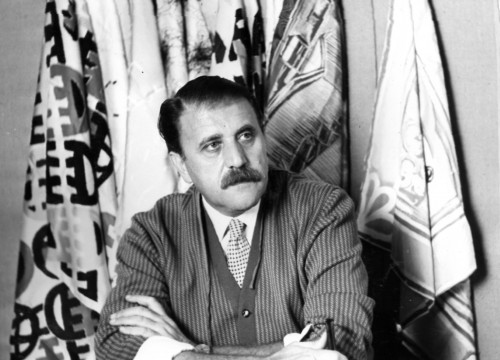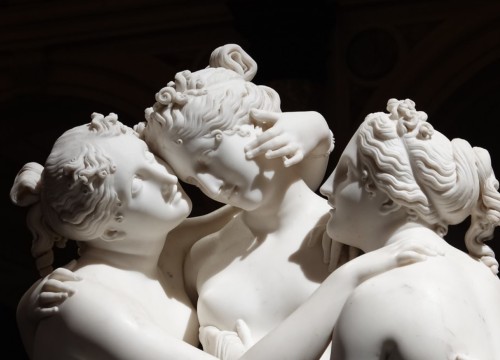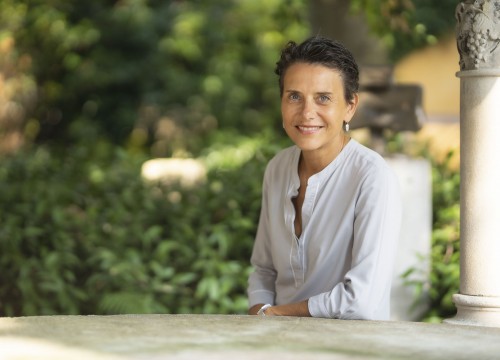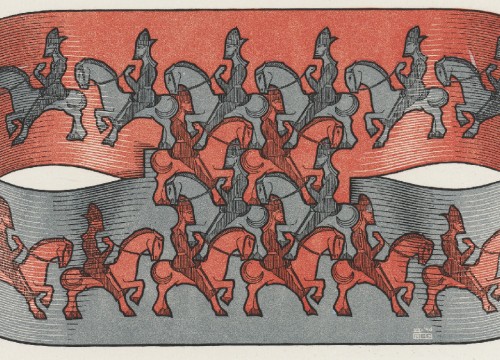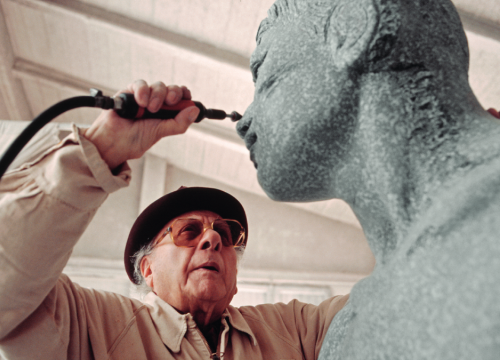In the exhibit, the Italian editions of the Luigi Bonotto collection
“Fluxus, Arte per Tutti. Edizioni italiane della collezione Luigi Binotto”, the exhibition curated by Martina Corgnati and Patrizio Paterlini and hosted in the space devoted to the archives of the Museum of the Twentieth Century in Milan, has at least three main merits. The first is to celebrate the sixtieth birthday of the 1962 Fluxus Internationale Festival in Wiesbaden (FesTsPiELe NEUEsTER MUSiK), which played a central role in the popularization of the movement headed by the Lithuanian architect George Maciunas.
THE EVENT CELEBRATES THE SIXTIETH BIRTHDAY OF THE WIESBADEN'S FLUXUS FESTIVAL
To this is added the merit of exhaustively highlighting the crucial importance of the editions, the productions of multiples, objects, graphic folders, artist’s books, realized in several examples, that perfectly represent fluxus’ will to democratize the artistic creation by opposing to elitist standards and market dynamics. The art exhibition offers a vast range of artworks, showing in great details the anti-artistic side – deriving from dadaism in general and from Duchamp in particular – of the movement, the will to realize art forms which are understandable to everyone, with a low purchase and realization price and easy to distribute (also by post). It also highlights the will to spread the artistic creation to all sections of the population, as evidenced by the user manual for an action to make in one’s own house, as indicated in George Brecht’s Events.
THEY REALIZE ART FORMS WHICH ARE UNDERSTANDABLE TO EVERYONE, LOW-COST AND EASY TO DISTRIBUTE
Another quality of the exhibition is to outline the crucial Italian contribution to the movement, thanks to prominent figures like Rosanna Chiessi with her editions “Even Odd” founded in 1971, the cosmopolitan popularizer Francesco Conz, and Gino Di Maggio and Beppe Morra who gave birth to the memorable editions ED912, promptly animated by Gianni Simonetti and Daniela Palazzoli. These artworks also illustrate the multidisciplinary dimension (that justify the use of the term “intermedia” coined by Dick Higgins and used for describing the movement) and the impact exerted by Fluxus on the upcoming artistic generations.
On the fourth floor of the museum, we find all the leaders of the movement, from Nam June Paik to John Cage, from Joseph Beuys to Allan Kaprow, from George Maciunas to Charlotte Moorman, going through Yoko Ono, Wolf Costell and our Walter Marchetti and Gianni Emilio Simonetti, to name a few.













